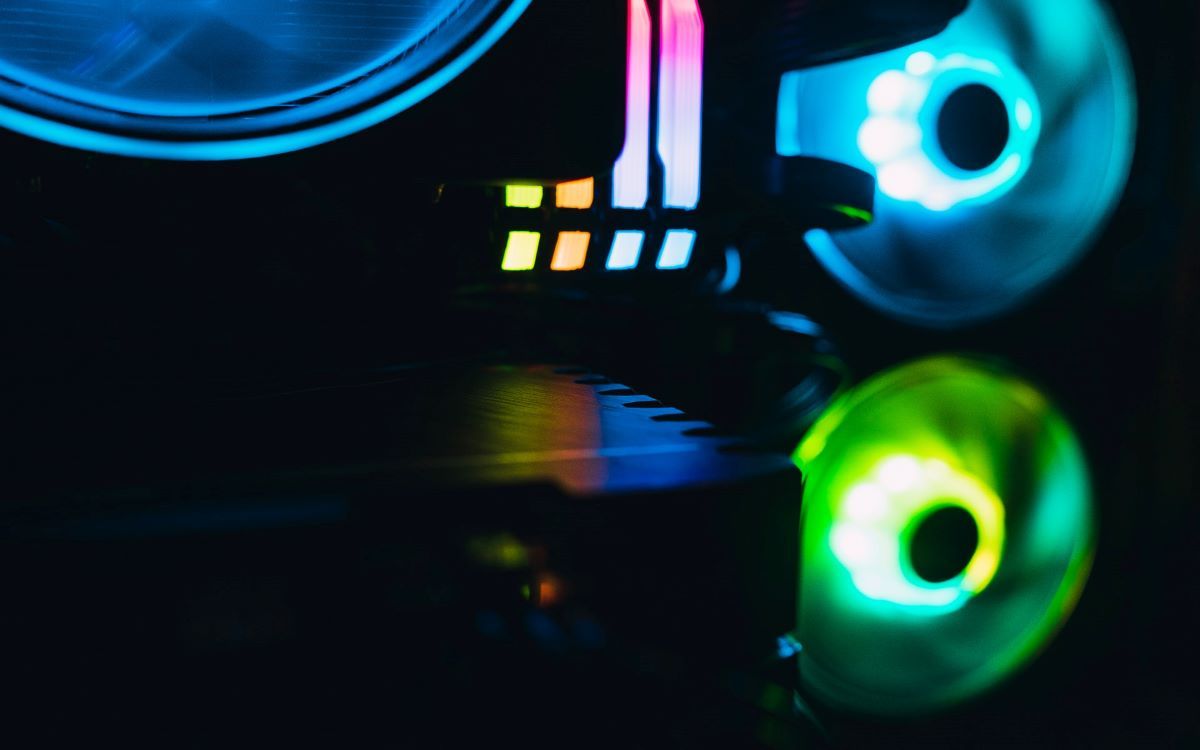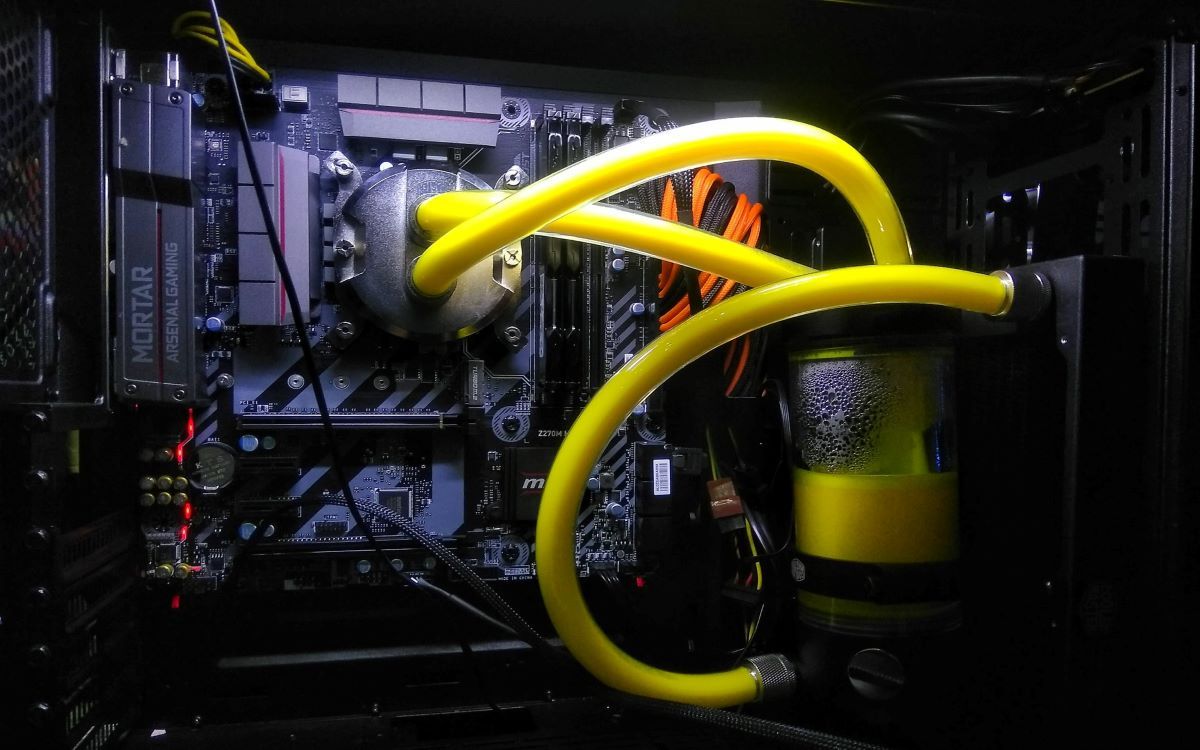What Is a Good GPU Temperature for Gaming?
Every modern mobile device has a form of GPU to assist in generating images and computer graphics. The GPU, which stands for graphics processing unit, is one of the most important components in your computer, in both personal and business spaces.
Without a GPU, high-performance gaming and elaborate user interface elements wouldn’t be possible. To keep your device in good condition, knowing what temperature is acceptable for gaming is important. Just how hot can you let your GPU run before it becomes an issue?
Do You Need a GPU for Gaming?

Your GPU is used in a wide range of applications, including graphics and video rendering. However, it is best known for its gaming capabilities.
Video games are computationally demanding, with realistic graphics and vast, complicated in-game maps, in addition to advanced display technologies such as 4K, high refresh rates, and virtual reality gaming.
These new features result in increased strain on graphics processing. The GPU of your device is very important because it makes games run more efficiently whilst accommodating added demand on the system.
Factors That Contribute to Overheating of GPU
The features that contribute to overheating of GPU include:
- GPU-dependant games
- The quality of the GPU’s cooling system
- Ambient temperature
- Case quality
- The GPU is dusty
- Your PC is old
- Airflow quality
- Computer fans aren’t working
- Bottlenecking
What Is the Ideal GPU Temperature for Gaming?

Optimum GPU gaming temperatures range from 65 to 85°C (149° to 185°F) under normal use conditions. It is important to note that GPU temperatures are dependent on the manufacturer and model of the GPU. Additionally, the optimal GPU temperature for gaming shouldn’t exceed 85°C (185°F), even if some are rated higher.
Related: How to Check Your GPU Temperature
A good GPU temperature for gaming is hard to determine accurately because of the different models by GPU manufacturers. They often have their own safe GPU temperature range. However, a general rule of thumb is to keep the temperature below 85°C, and when in doubt, the cooler, the better.
What Does a High GPU Temperature Mean?

A high GPU temperature can mean several things. Normally, it simply means that your GPU is working hard. This isn’t an immediate cause for concern, especially if it is within regular operating temperatures. However, if you notice sustained high temperatures lasting several hours or more, you may begin to encounter performance issues.
Use a hardware monitoring app to track your GPU temperature spikes and what you’re doing as it happens. This can help troubleshoot future GPU issues. Regularly test your computer’s performance as well to make sure it’s handling your favorite tasks as it should.
How to Lower Your GPU Temperature
Once your GPU temperature soars, you need to know how to bring it back to a safe operating level again.
1. Increase Airflow to Your Computer
Place your computer in a location where airflow is not limited as the fans need to be able to do their job easily. Avoid placing your desktop on a carpet or inside a cabinet. Likewise, laptops should not be placed on your lap because of the heat produced by the human body.
2. Clean Your Computer and Graphics Card
Use a can of compressed air to clean out unreachable areas as well as your computer’s sensitive chips and processors.
3. Add or Improve Your Computer’s Cooling Elements
By replacing your fans with powerful ones or adding additional fans, you will improve airflow. You may also consider alternative computer cooling mechanisms like laptop cooling stands or liquid cooling systems.
Monitor Your Device Temperature
The average GPU temperature for gaming should remain between 65°C to 75°C and should never exceed 85°C. To avoid this, it is important that you monitor your device as a precaution and take note of the factors that are contributing to overheating. It will save you from future expenses that may include repairs or replacement of your device or GPU.
